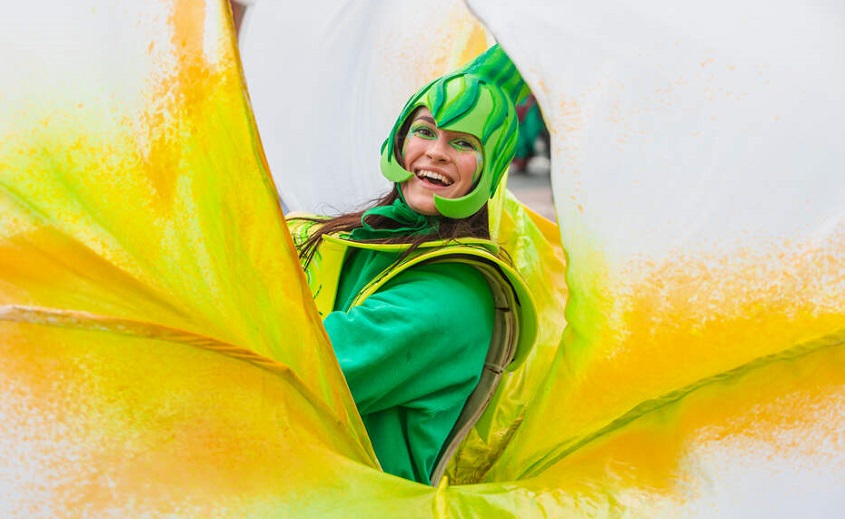St. Patrick's Day Toolkit 2025
Introduction to our St. Patrick’s Day Toolkit
The story of St Patrick, the patron saint of Ireland, has fascinated the world for centuries and you can still see his legacy all around the island of Ireland. Tourism Ireland is proud to celebrate St. Patrick’s Day, and we have produced custom content focused on the history, traditions and fun facts surrounding the celebrations on March 17th. Assets can be found here with a breakdown of social copy and relevant links in the toolkit of digital content, free to share on your social media channels.

St. Patrick's Day Traditions in Ireland
St. Patrick was named Maewyn Succat and was thought to have originally come from either Wales or Scotland, where he was abducted at the age of 16 by Irish pirates and brought to Northern Ireland as a slave. Once here, he was sent to Slemish Mountain in County Antrim to herd sheep. But on his escape, he had a vision and returned to Ireland to spread the word of Christianity to Ireland. It was on this island that he remained for the rest of his life, preaching, baptising and building churches until his death in 461 in County Down.Short, long, silly or serious, you’ll find every manner of St. Patrick’s Day parade all over Ireland, from the biggest in Dublin to the earliest in Dingle, County Kerry, where it kicks off at 6am. There’s a week-long festival in Armagh and a carnival parade and concert in Belfast. It is said that when St. Patrick returned to Ireland, he chose a shamrock as a tool to teach the pagan Irish about the Holy Trinity. As he spread the word about Christianity, Patrick used the three leaves of the plant to represent the Father, the Son and the Holy Spirit and the shamrock has been associated with the saint ever since. You’ll see them everywhere around St. Patrick’s Day – even in the White House as we present a bowl of shamrock each year to the US President.

